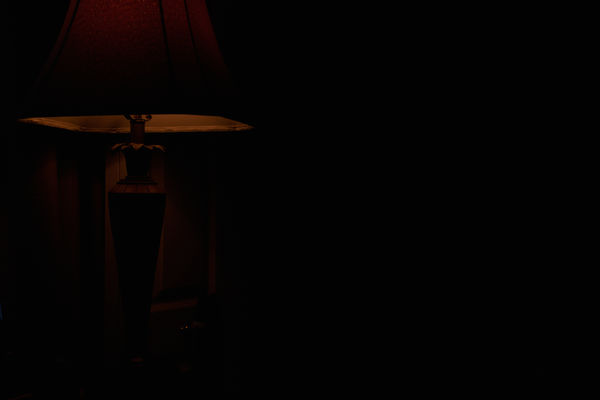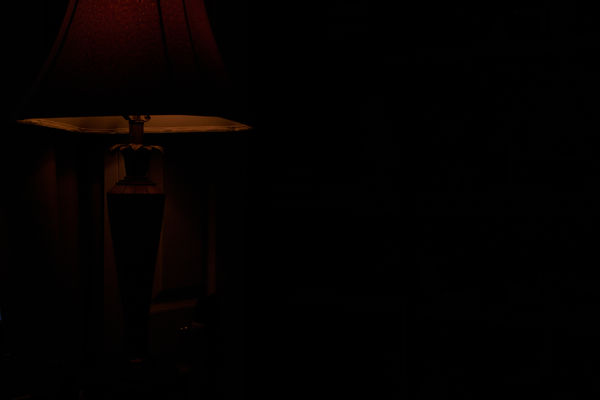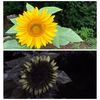Max ISO
Mar 4, 2021 12:55:24 #
frankraney wrote:
The only way got you to know what is acceptable noise for you us to try it. Take the shot at iso 100, then take the same shot at every iso above. Then compare in post at 100%. Then if you shoot in auto iso, set your iso to the max you are willing to accept.
Btw, why do you have it so high all the time in the day time.
Btw, why do you have it so high all the time in the day time.
I do not have it that high in daytime or usual anytime. I was asking thoughts on max ISO.
Mar 4, 2021 13:23:13 #
If you use the base ISO of your camera, usually 100 or 200, you should get the best resolution and noise performance out of that sensor. I agree with others, if it is necessary to raise your ISO to get the shot do not hesitate in doing so.
If you find yourself using high ISO settings begin to practice "exposure to the right." High ISO in good illumination has little effect on noise and I agree that noise is more dependent on exposure than a high ISO setting.
Noise reduction softwares like Topaz Denoise do an awesome job to control noise in images.
If you find yourself using high ISO settings begin to practice "exposure to the right." High ISO in good illumination has little effect on noise and I agree that noise is more dependent on exposure than a high ISO setting.
Noise reduction softwares like Topaz Denoise do an awesome job to control noise in images.
Mar 4, 2021 13:40:57 #
TriX wrote:
The fact is that changing ISO changes the amplification of the signal from the sensor before it reaches the A/D converter up to a certain ISO (typically 1200-1600) but varies by camera. Raising ISO after that point (where’d amplifier gain is maxed) typically is accomplished by multiplying the digital output of the A/D by a constant. Note that in most modern camera used by photographers, the amplifier and A/D resides on the sensor.
Older sensors had a DAC which generated the reference voltage for a VCO before the ADC. That way, variable gain was attained. That came from the time of CCD sensors and was carried over to the first and second generation of CMOS sensors. Some legacy sensors still do.
Modern Exmor sensors (used in Sony and Nikon products) have a fixed amplifier (way more stable than a VCO) and the ADC reference is connected to a fixed temperature corrected voltage source so there is *no* variable amplification before que ADC. Everything is doing in software inside the camera.
On this topic (https://www.uglyhedgehog.com/t-589678-2.html) I've shown with real life tests that there is absolutely no difference between increasing the ISO or adjusting Exposure in post. Just check the pictures.
Mar 4, 2021 14:07:34 #
Personally unless there is a particular reason I would not use that high an ISO outside during the day. I frequently use 6400 outside when doing star trails or milky way at night. With mirrorless cameras, the high ISO is more than acceptable in low light situations
Mar 4, 2021 14:16:01 #
Ysarex
Loc: St. Louis
Wallen wrote:
I'm sure this will be a long convoluted posts and riposte, so i'm hanging back and unfollowing the thread. Have fun.
No need for long and convoluted. You don't want to understand why you're wrong or talk about it I'm fine with that.

Mar 4, 2021 14:19:03 #
jlg1000 wrote:
Older sensors had a DAC which generated the refere... (show quote)
I think you mean VCA (voltage controlled amplifier) instead of VCO (voltage controlled oscillator)? Yes, you could change the reference voltage in the A/D, but from the few modern sensor data sheets I’ve seen, that’s not the case any more. I can’t speak to Sony or Nikon, but I can tell you that Canon is still using variable gain amps - you can even see the steps in the DR curve where the amp gain changes.
Now you can show all the example images you like (and be sure to also post the color histograms so we can see the distribution - that is usually missing), but I hope you’re not saying that only utilizing the first 10 bits of a 14 bit A/D and then multiplying the output by 16 to get the same max digital value yields the same noise and voltage resolution as using the max DR of the A/D by adjusting the input to just set the MSB, are you? Because if so, then we’ll just need to agree to disagree and stop there, because I know from my many years designing and selling digitizing Systems that isn’t the case.
Mar 4, 2021 14:44:39 #
jlg1000 wrote:
... On this topic (https://www.uglyhedgehog.com/t-589678-2.html) I've shown with real life tests that there is absolutely no difference between increasing the ISO or adjusting Exposure in post. Just check the pictures.
It's really difficult to demonstrate the issues with only a 4 stop change in exposure.
Here is an example where I exposed a wide DR scene at ISO 1600 and then, without changing the exposure, I reduced the ISO to 100. I loaded both raw files into Capture One and applied a +4 adjustment with the exposure slider to the ISO 100 version.
When you look at the full image they look identical, but they are not. When you look at them blown up to 100% and look in the darkest part of the image you can begin to see the problems.
This is after all a Z7 and you are looking at only a 4 stop adjustment. If you only look at the highlights and mid-tones you might be led to believe that this proves that ISO invariance is working. But if you look closely at the deepest shadows you can see where it breaks down.
It would certainly break down completely if the first shot was at ISO 25600 with a -4 stop adjustment because that would be an 8 stop adjustment. Anything really dark at ISO 25600 -4 stops would simply be black at the ISO 100 +4 stops. I can demonstrate that as well if you don't believe it.
Full image
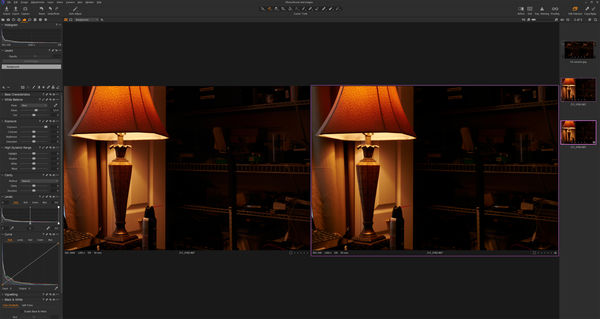
(Download)
Detail in lower right
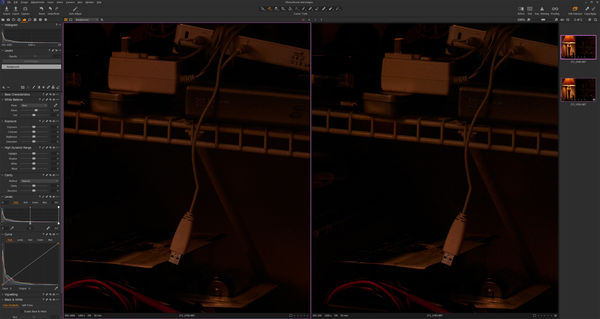
(Download)
ISO 1600
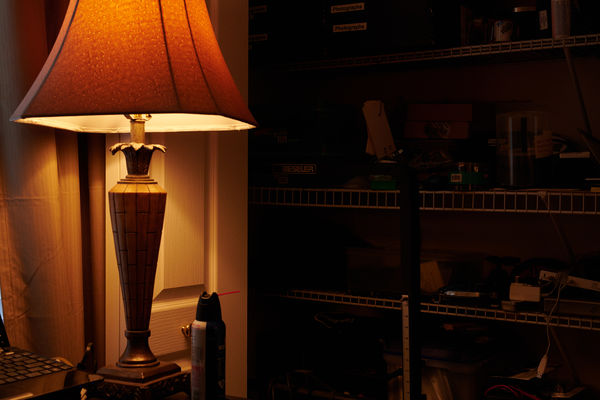
(Download)
ISO 100 Exposure slider +4
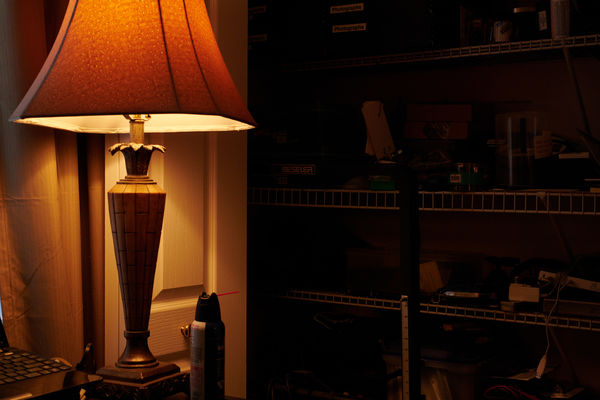
(Download)
Mar 4, 2021 14:53:27 #
Ysarex
Loc: St. Louis
selmslie wrote:
It's really difficult to demonstrate the issues wi... (show quote)
Between ISO 100 and ISO 1600 the Z7 sensor switches impedance channels (ISO 400) and is most certainly not ISO invariant. Surprised you didn't know that. To do the test fairly you need to stick to one channel or the other.
https://www.photonstophotos.net/Charts/PDR_Shadow.htm#Nikon%20Z%207
Mar 4, 2021 14:55:51 #
khildy wrote:
I do not have it that high in daytime or usual anytime. I was asking thoughts on max ISO.


Mar 4, 2021 15:00:32 #
selmslie wrote:
... It would certainly break down completely if the first shot was at ISO 25600 with a -4 stop adjustment because that would be an 8 stop adjustment. Anything really dark at ISO 25600 -4 stops would simply be black at the ISO 100 +4 stops. I can demonstrate that as well if you don't believe it.
It's difficult to prove with the Z7 because it's just too good.
Mar 4, 2021 15:05:23 #
Ysarex
Loc: St. Louis
selmslie wrote:
It's difficult to prove with the Z7 because it's just too good.
Sensors with dual impedance channels are certainly not ISO invariant. You're running your test across the two channels. Look at the graph below. See the big jump at ISO 400? Each separate channel can be ISO invariant but not both together. Test one or the other. Again, stunned you didn't know that.
https://www.photonstophotos.net/Charts/PDR_Shadow.htm#Nikon%20Z%207
Mar 4, 2021 15:06:17 #
Ysarex wrote:
Between ISO 100 and ISO 1600 the Z7 sensor switches impedance channels (ISO 400) and is most certainly not ISO invariant. Surprised you didn't know that. To do the test fairly you need to stick to one channel or the other.
https://www.photonstophotos.net/Charts/PDR_Shadow.htm#Nikon%20Z%207
https://www.photonstophotos.net/Charts/PDR_Shadow.htm#Nikon%20Z%207
The Photons to Photons plots show the difference in DR. That is driven by a difference in the way noise is dealt with under ISO 400.
It's not the ISO performance that changes, it the way noise is suppressed. I'm surprised that you didn't know that.
That has nothing to do with linearity or ISO invariance as I just demonstrated.
Mar 4, 2021 15:07:07 #
TriX wrote:
I think you mean VCA (voltage controlled amplifier) instead of VCO (voltage controlled oscillator)? .
Yep, old memories of playing with synths betrayed my fingers.

Moogs had VCA's VCO's, VCF's... and any imaginable kind of VC-something



Mar 4, 2021 15:17:08 #
Ysarex wrote:
I agree. GET THE SHOT!! Noise can be filtered, if you have something to work. Get the photo at all cost ...
There's nothing like empiricism to justify use of a high ISO setting, which I'm obliged to use whenever I shoot UV-only photographs (i.e. ~320 - 400 nm range of wavelengths.) Here are two such photos taken at f/5.6 and ISO settings of 12,800 and 20,000, respectively. They are followed by a visible light-only photo corresponding to the sunflower seen in the first.
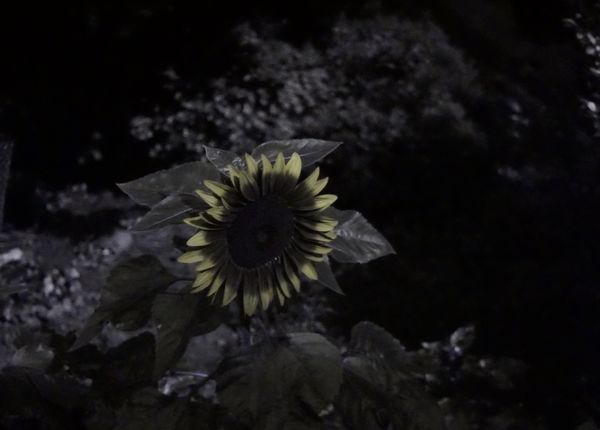
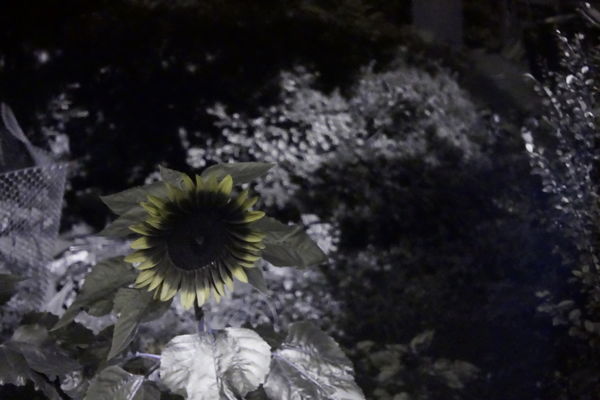
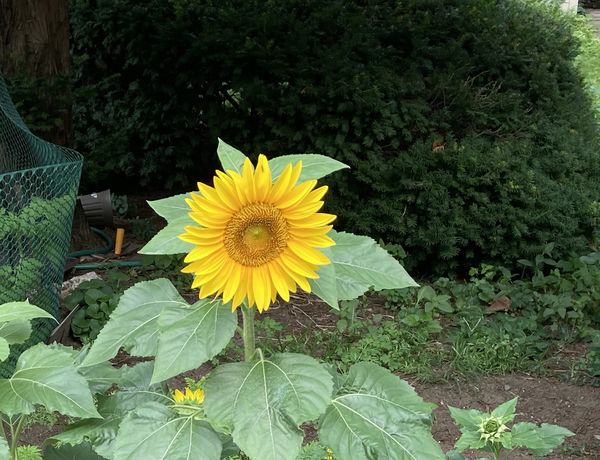
Mar 4, 2021 15:20:13 #
Ysarex
Loc: St. Louis
selmslie wrote:
The Photons to Photons plots show the difference in DR.
Not the one I linked: https://www.photonstophotos.net/Charts/PDR_Shadow.htm#Nikon%20Z%207
It shows how ISO invariant the sensor is. Your test is invalid running across those two impedance channels. Look at the graph.
If you want to reply, then register here. Registration is free and your account is created instantly, so you can post right away.






